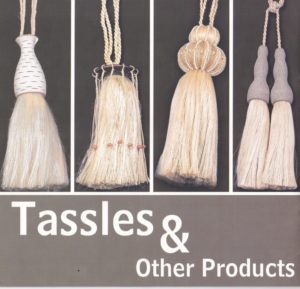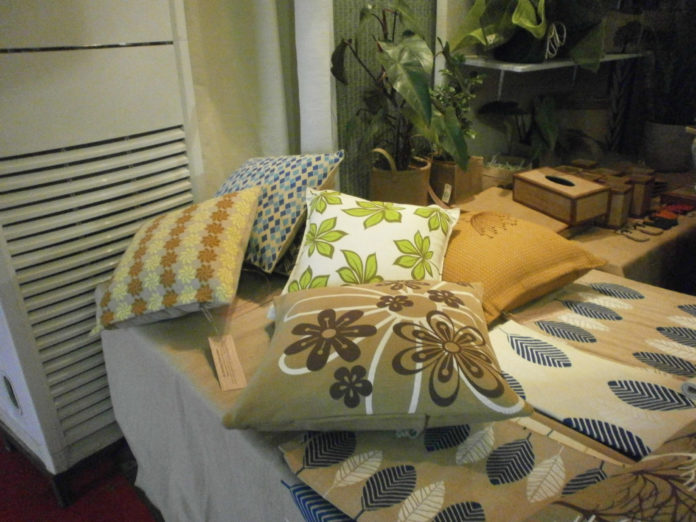Jute is used for a wide range of crafts such as sataranji (carpets), tapestries, handbags, bedspreads, stationeries, bangles, jewelry, footwear, baskets, lamp shades, wall-hangings, home décor, household items, blankets, mats, slippers, and so on.
Shikas and dolnas are two traditional crafts made from jute string or plaited jute. The first is a multi-purpose hanging for storage. The dolnas are hammocks made used as baby cradles.
The use of jute is mentioned in the Manu Samhita and Mahabharata. In the Ain-e-Akbari (1590) Abul Fazal states that poor villagers used to wear clothes made of jute. Bengal became the home of jute handicrafts in early nineteenth century.
 In the late 1960s women around Dhaka started making Shikas and other items for the market. Today jute crafts are made in different parts of the country including in Manikganj, Khulna and Bogra.
In the late 1960s women around Dhaka started making Shikas and other items for the market. Today jute crafts are made in different parts of the country including in Manikganj, Khulna and Bogra.
The raw material is made into yarn, white jute, twine, ropes, tossa jute and hessian cloth. Jute yarn is used for crochet, knitting, weaving, embroidery and sewing of handicrafts.
To make shikas, jute twine is braided and tied into various patterns. The shikas are given different names on the basis of their size, shape and designs. Kadisika, for example, is threaded with cowries (shells). Strands of jute are deftly woven, twisted, plaited and knotted into bags, table mats, plant holders, wall hangings, hammocks, floor coverings and more. Colours are woven into the design. The weavers usually use simple handlooms and hand spinning wheels to spin yarns.
Jute fabrics are decorated with tie and dye, embroidery and block printing. Strong, bold designs work best on jute. Jute fibre blended with other natural and synthetic fibres creates an aesthetic appeal; it is durable and cost effective. Craftspersons use grasses to decorate various objects, including shoes and textiles. Jute handicrafts are widely used for decorative purposes as household products. Bangladesh Handicrafts Exporters report that the export volume of jute handicrafts is between 2 and 5 million US dollars.
Further reading
Ahmed, W. 2014. Folk Art and Craft. Banglapedia. Asiatic Society of Bangladesh.
Moazzem, K.G., Rahman, M.T. and Sobhan, A. 2009. Jute Manufacturing Sector of Bangladesh: Challenges, Opportunities and Policy Options. Centre for Policy Dialogue (CPD), Dhaka, Bangladesh. Paper No. 78.
Mohi-ud-din, T.M.U. 2014. “Handicraft production and employment in India: an economic analysis”. Global Journal of Human-social Science: e Economics. Vol. 14, Issue 4.
Mohi-ud-din, T.M.U., Mir, L.A. and Bhushan, S. 2014. “An analysis of current scenario and contribution of handicrafts in Indian economy.” Journal of Economic and Sustainable Development. Vol. 5, No. 9.
Serajuddin, M., “Jute Textiles of Bangladesh”. In Textile Traditions of Bangladesh, National Crafts Council of Bangladesh, Dhaka 2006.





